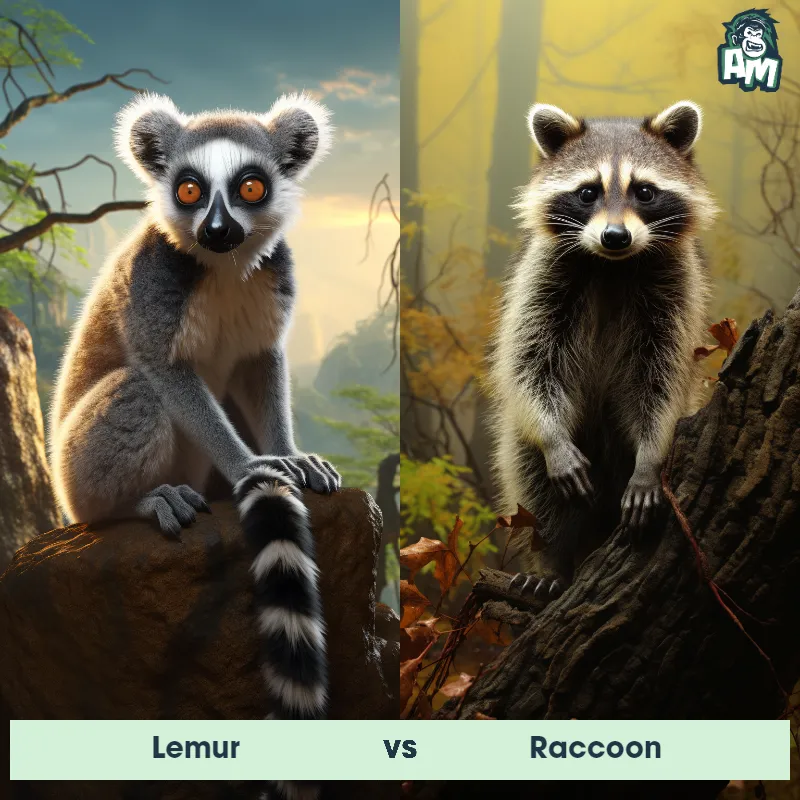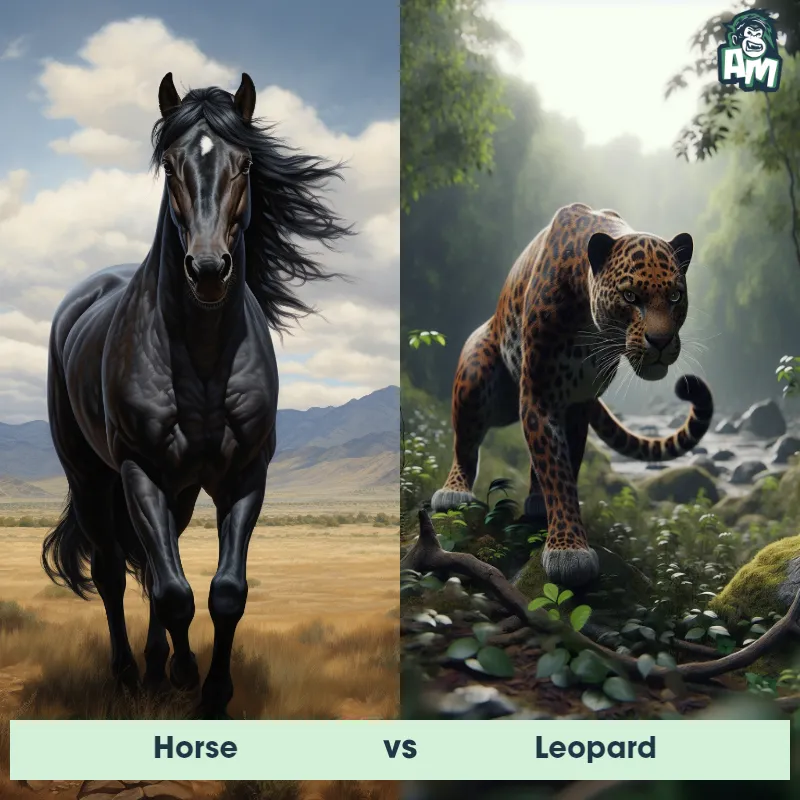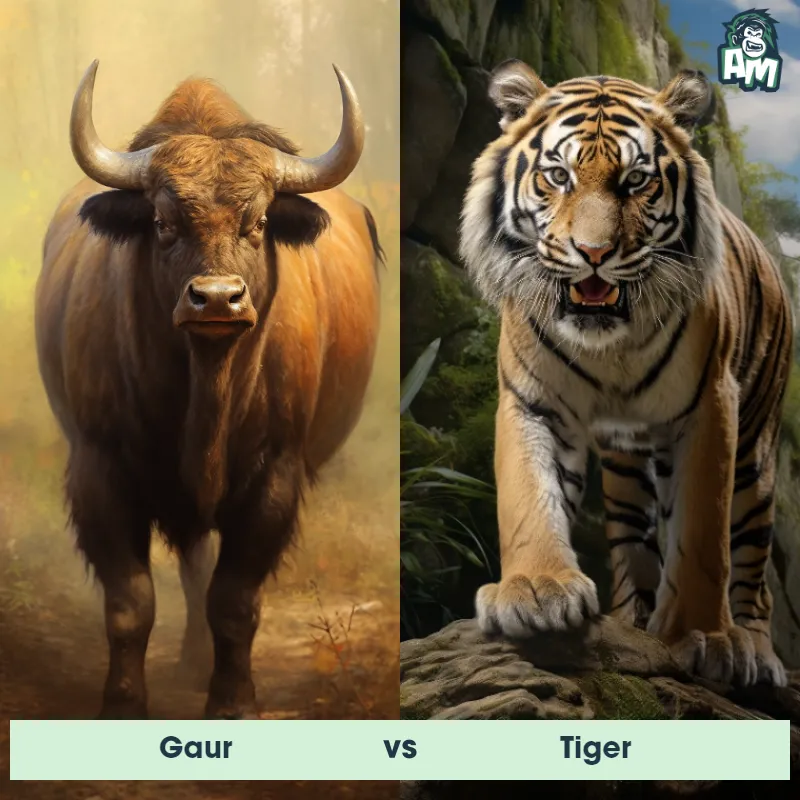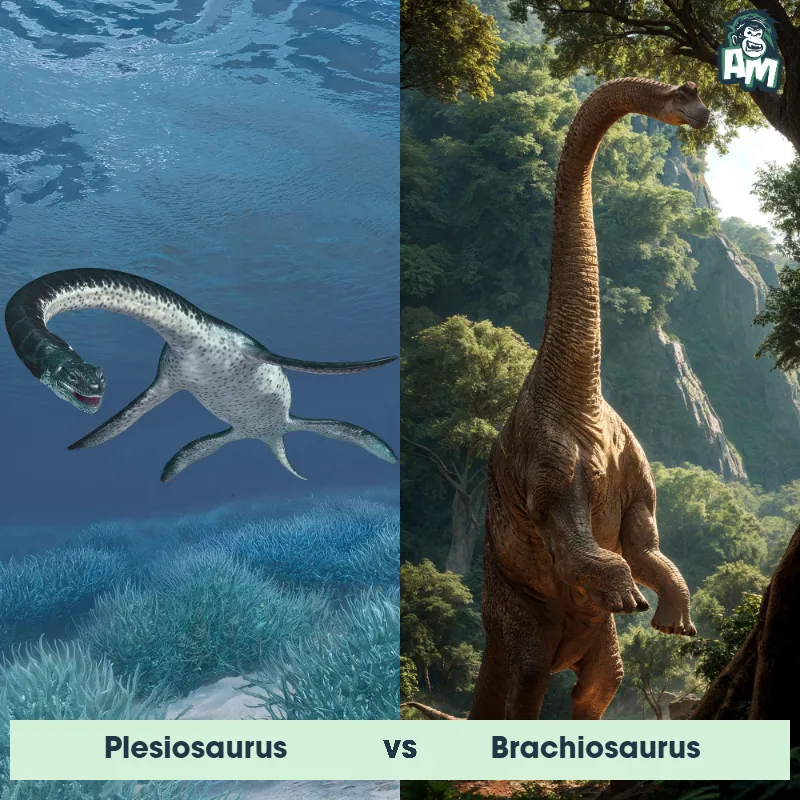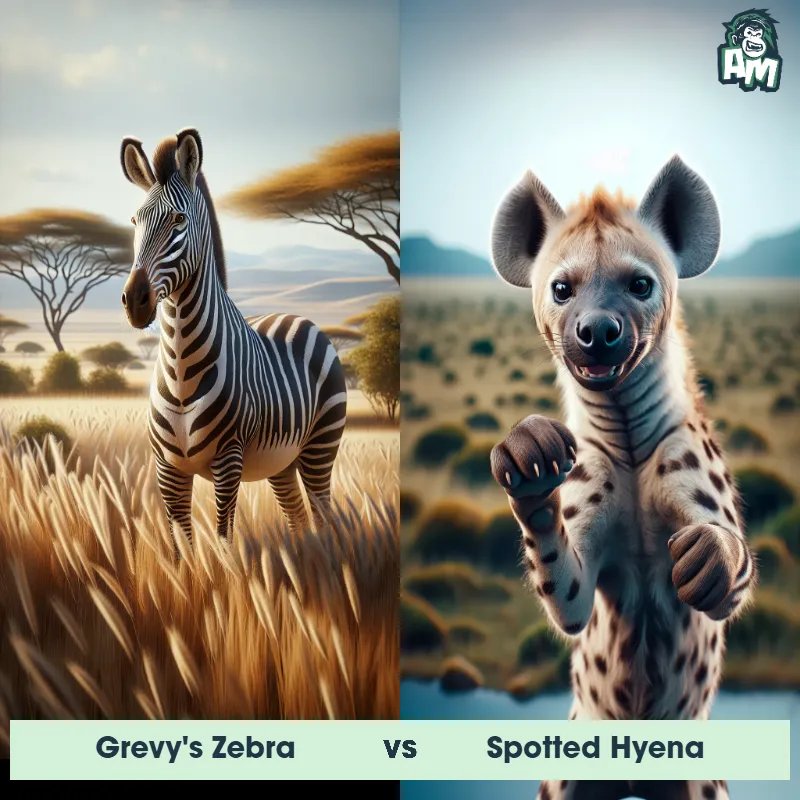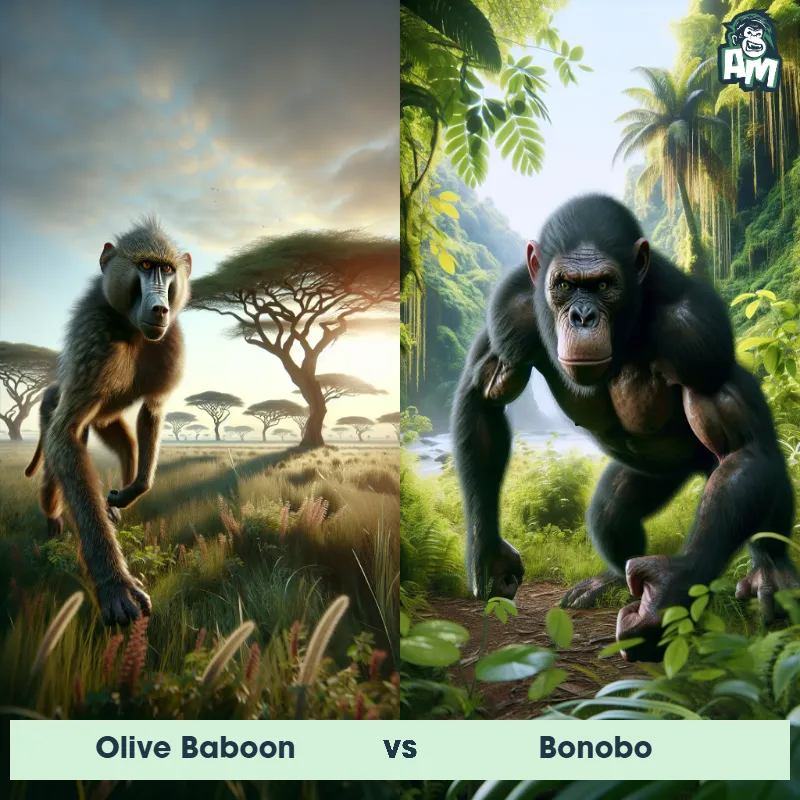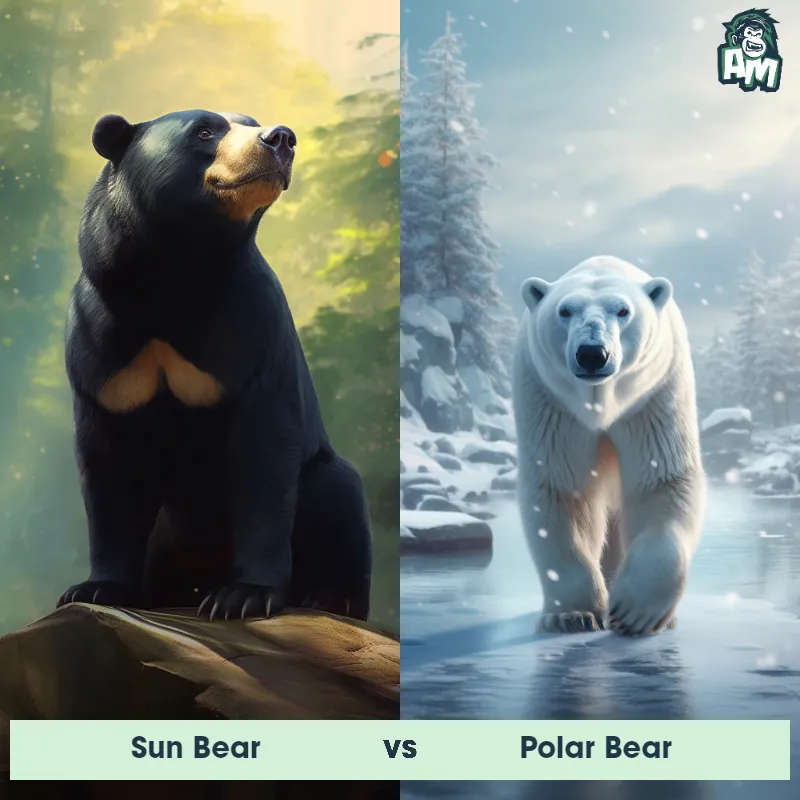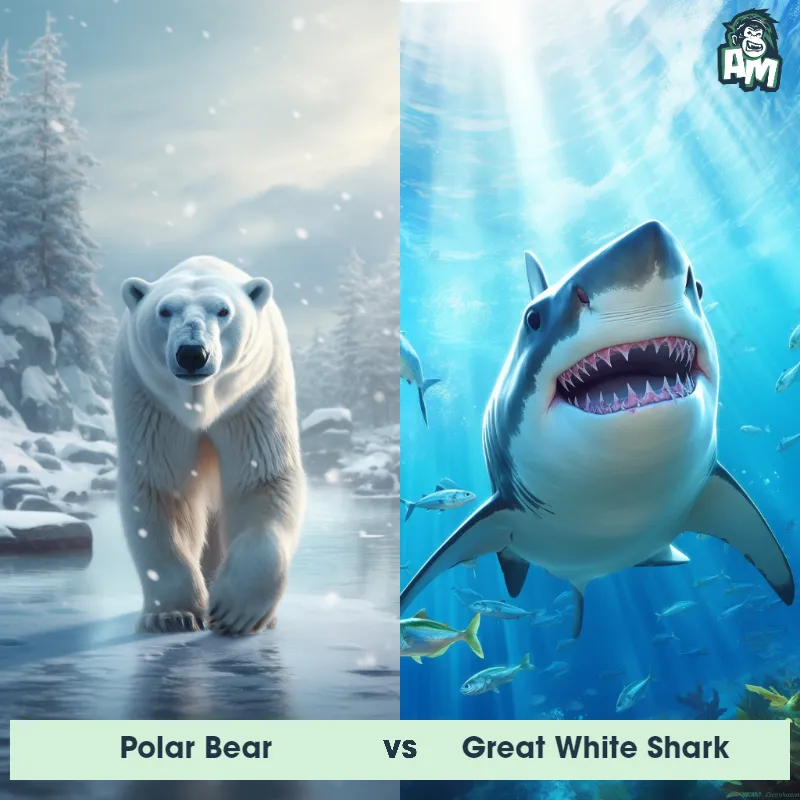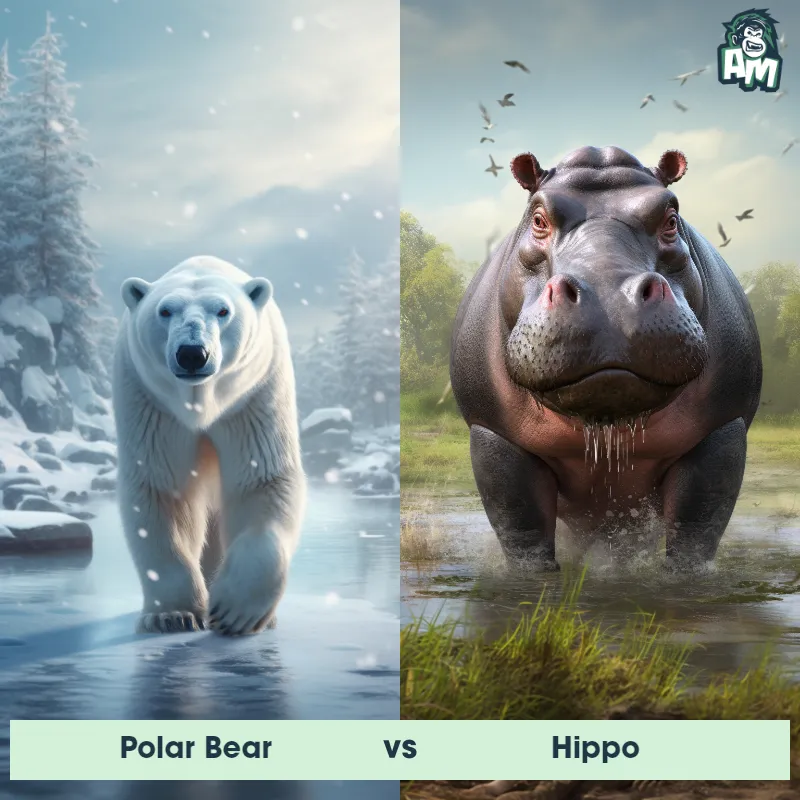Polar Bear vs African LionSee Who Wins
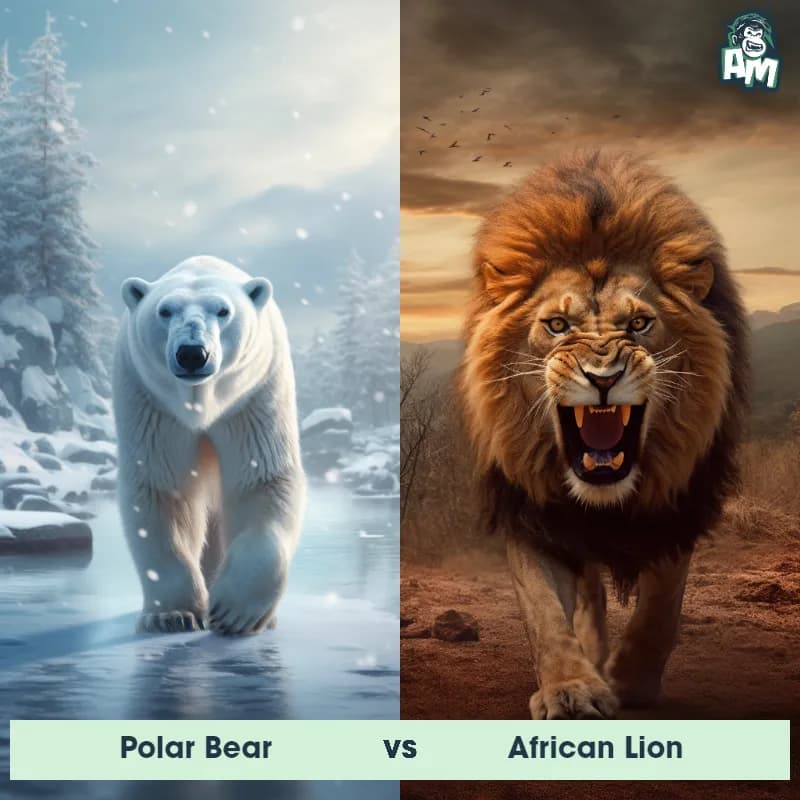
Ladies and gentlemen, welcome to this thrilling battle between two fierce opponents in the animal kingdom. We have a polar bear and an African lion, both known for their strength and agility. It's going to be an intense fight here tonight, so hold on tight and get ready to witness an epic showdown!
Contender 1: Polar Bear
The Polar Bear, also known as the Ursus maritimus, is a large carnivorous mammal that inhabits the Arctic region. They have a thick white fur coat that helps them blend in with their snowy surroundings, and their large paws are equipped with sharp claws that allow them to grip onto ice and catch prey. Polar Bears are excellent swimmers and can swim for long distances in search of food. They are also known for their incredible sense of smell, which they use to detect prey from miles away.
![[object Object] Gif](https://tenor.com/view/fight-mission-critical-nat-geo-wild-scuffle-brawl-gif-20524033.gif)
Fun Fact: Polar Bears have a layer of fat that can be up to 4.5 inches thick, which helps them stay warm in the frigid Arctic temperatures.
Contender 2: African Lion
The African Lion, also known as Panthera leo, is a large carnivorous mammal that is native to Africa. They are the second-largest living cat species, with males weighing up to 550 pounds and females weighing up to 400 pounds. African Lions have a distinctive mane of hair around their necks, which is more prominent in males. They are social animals that live in prides, which consist of several females, their cubs, and a few males. African Lions are apex predators and are known for their strength, speed, and hunting abilities.
Fun Fact: African Lions are the only cats that have manes, and the color and size of their manes can indicate their age and health.
Matchup Stats
| Polar Bear | African Lion | |
|---|---|---|
| Size | 8-10 feet (2.4-3 meters) | Up to 4 feet (1.2 meters) at the shoulder |
| Weight | 900-1,600 pounds (408-725 kilograms) | Up to 550 pounds (250 kilograms) |
| Speed | Speed: 25 mph (40 km/hr) | Speed: 50 mph (80.47 km/hr) |
| Key Strength | Powerful jaws and sharp claws | Powerful jaws and sharp claws |
| Biggest Weakness | Slow movement on land | Vulnerable to attacks on the back and sides |
Current Votes
Polar Bear vs African Lion
See Who Wins
View More Matches
Looking For More?
Similar Matches
Scientific Stats
| Polar Bear | African Lion | |
|---|---|---|
| Scientific Name | Ursus maritimus | Panthera leo |
| Family | Ursidae | Felidae |
| Habitat | Arctic region | Grasslands, savannas, and open woodlands |
| Geography | Arctic Circle | Africa |
| Diet | Carnivorous, primarily seals | Carnivorous, primarily hunting large ungulates such as zebras and wildebeest |
| Lifespan | 20 years - 30 years | 10 years - 14 years |
Key Differences between Polar Bear and African Lion
- Size: Polar bears are significantly larger than African lions, with adult males averaging around 900 to 1,600 pounds and measuring up to 8 to 10 feet in length, while male African lions weigh approximately 350 to 420 pounds and grow up to 8.5 feet long.
- Adaptations for swimming: Polar bears are excellent swimmers, aided by their partially webbed front paws and their streamlined body. Conversely, African lions are not well-suited for swimming and are generally found near water sources rather than actively swimming for long distances.
- Paws and claws: Polar bears are equipped with large, webbed paws and strong claws that help them navigate through ice and hunt seals. Whereas African lions have non-retractable claws, ideal for gripping the ground while running and capturing prey during hunts.
- Fur color and texture: Polar bears have a thick, white coat of fur that serves as camouflage in their snowy Arctic habitat. On the other hand, African lions possess a short, tawny-colored coat that aids in blending with the surrounding grasslands.
- Habitat and environment: Polar bears inhabit the Arctic regions, predominantly living on sea ice and along coastlines, relying on marine resources. Meanwhile, African lions are found in grasslands, savannas, and woodlands across sub-Saharan Africa.
- Facial features: Polar bears have a distinctive elongated skull shape with a longer snout and small, rounded ears. In contrast, African lions possess a more robust skull and a broader snout with prominent jaws. Their ears are larger, making them more noticeable.



